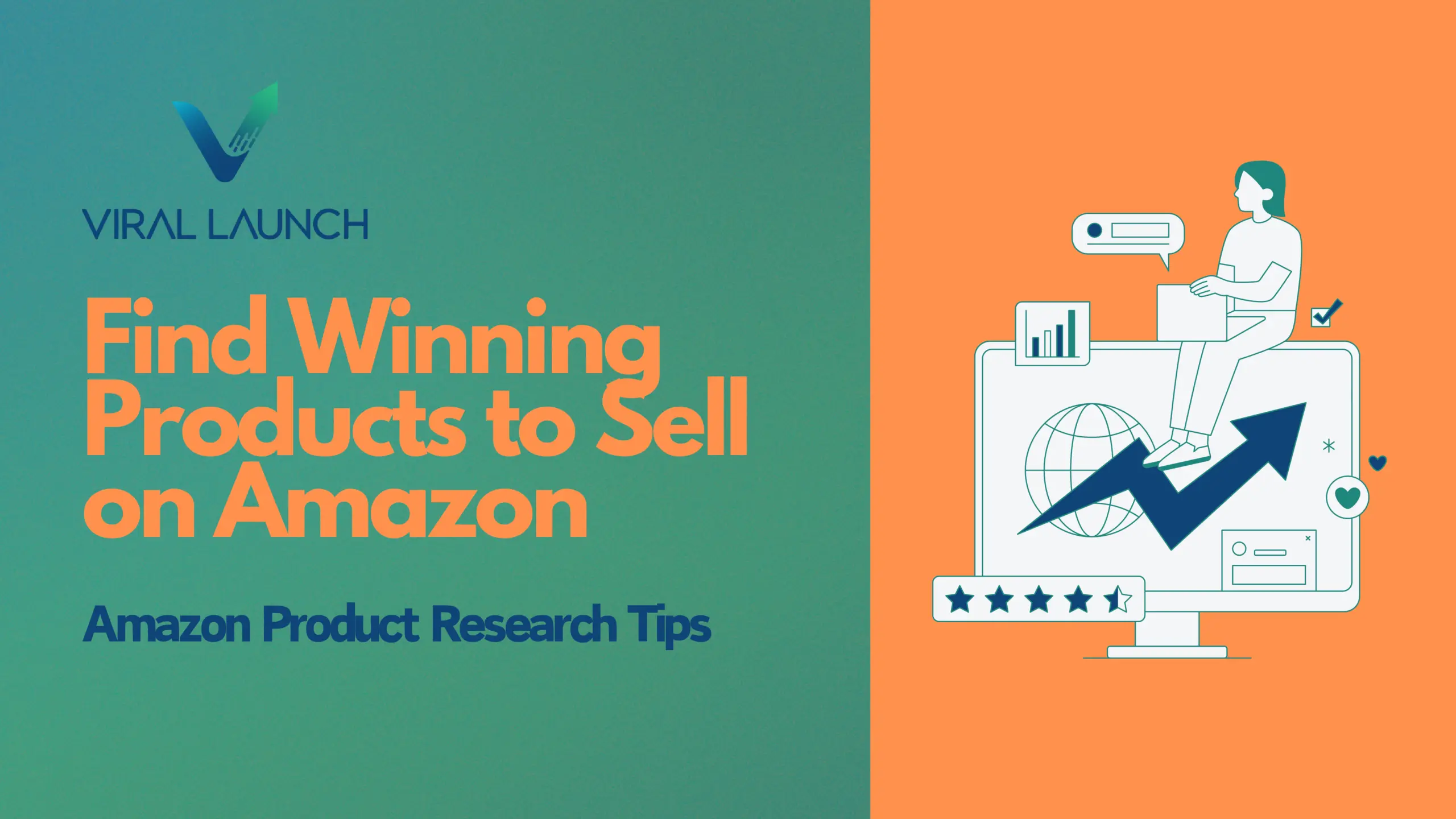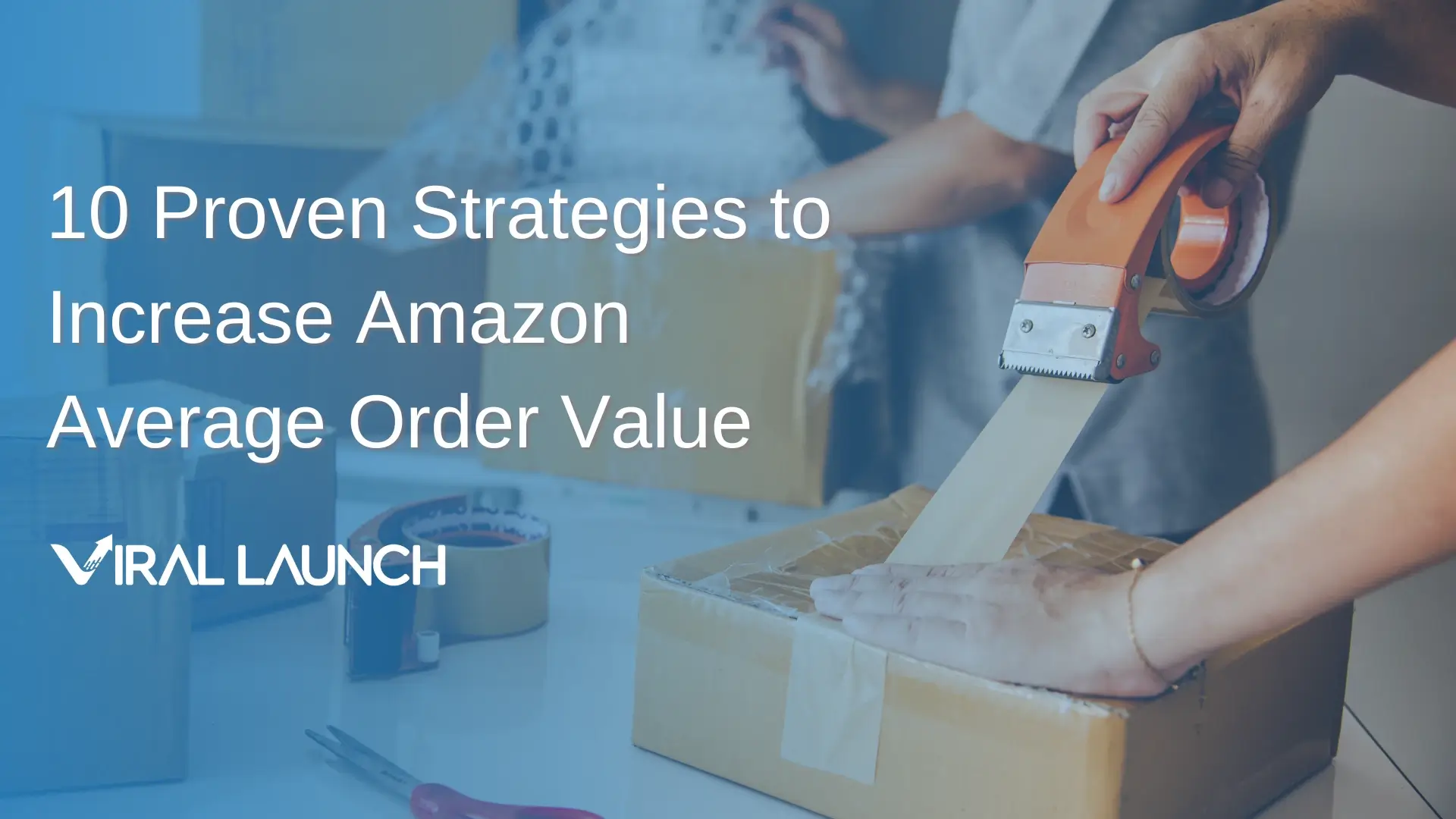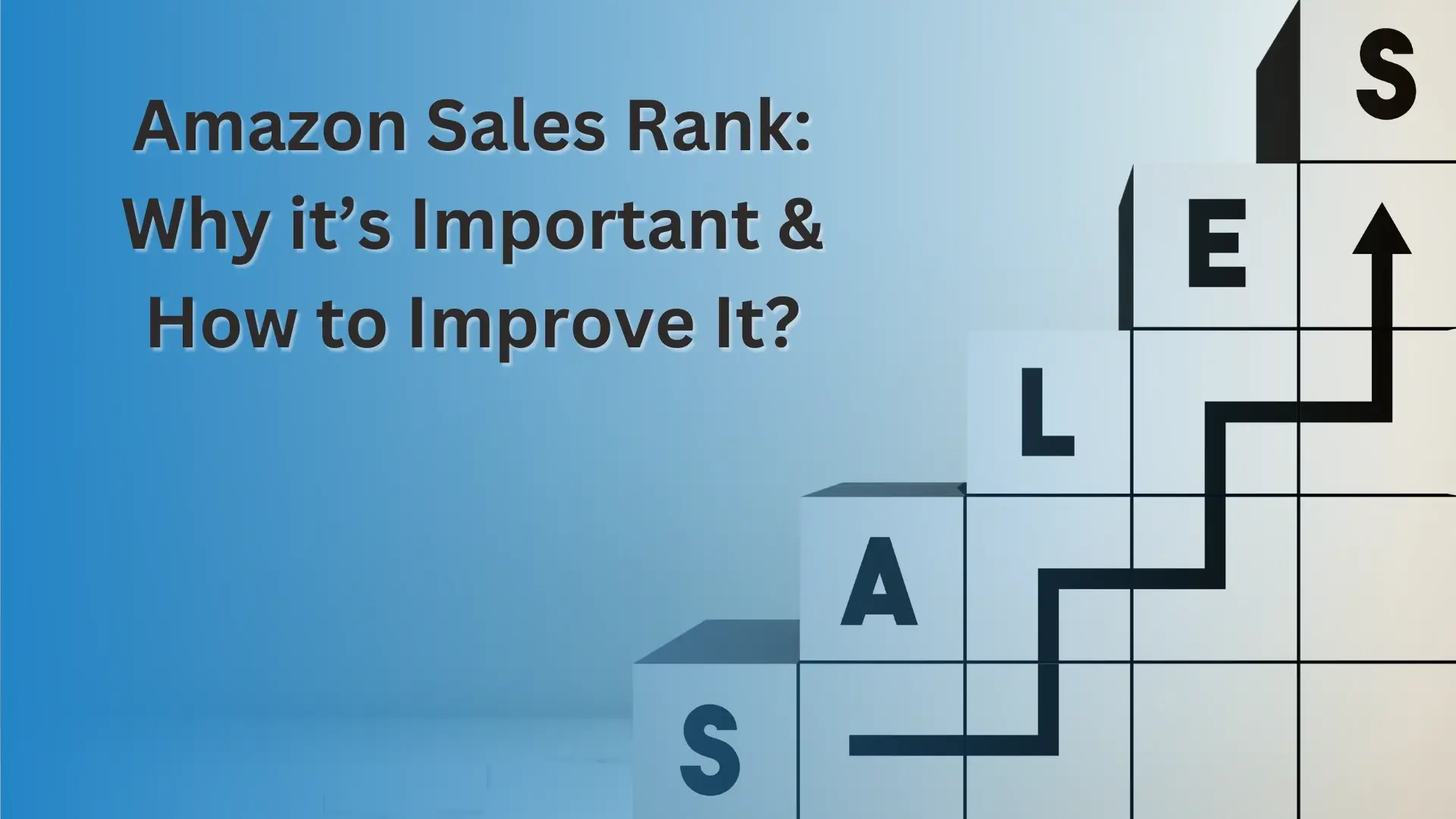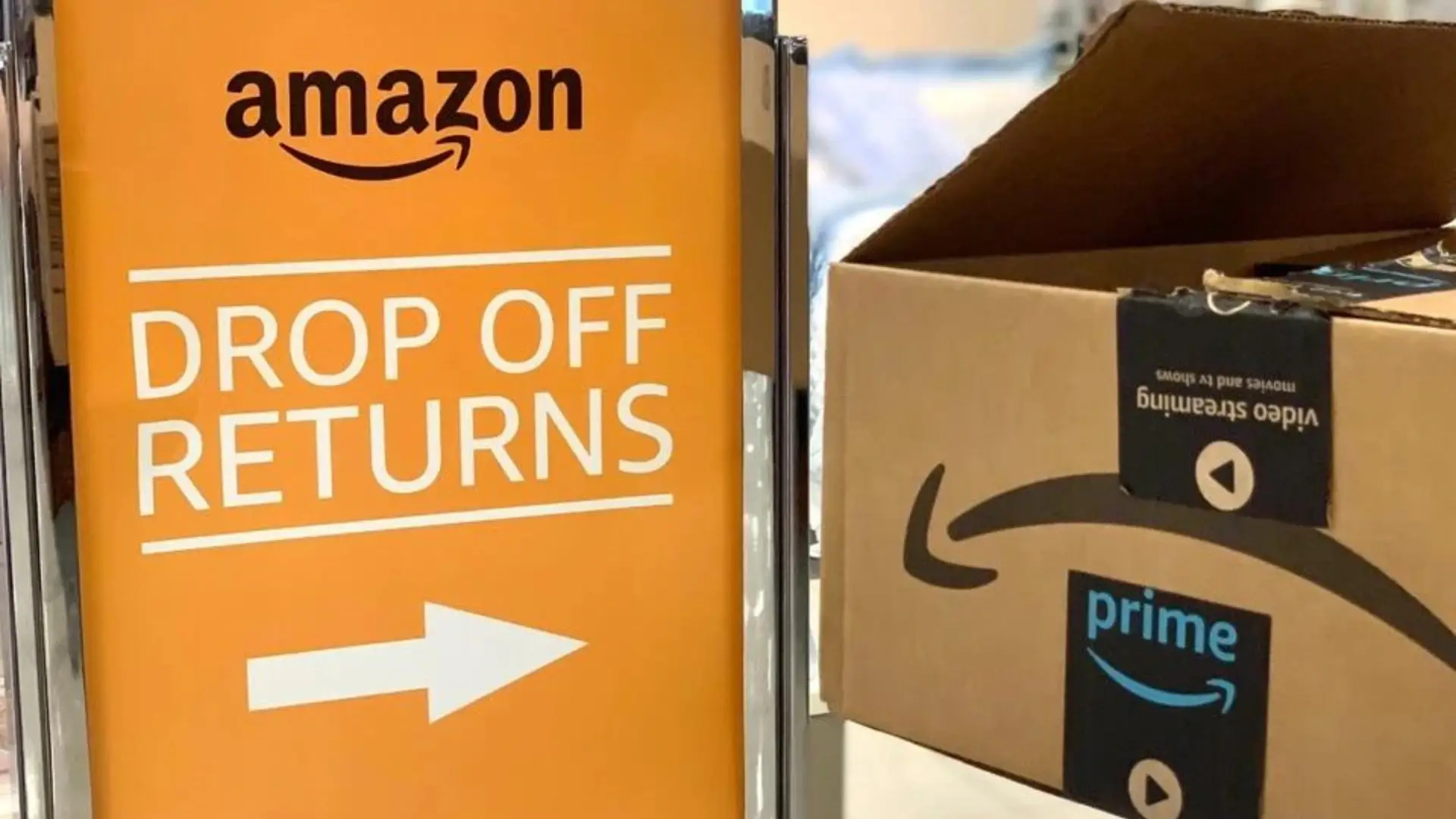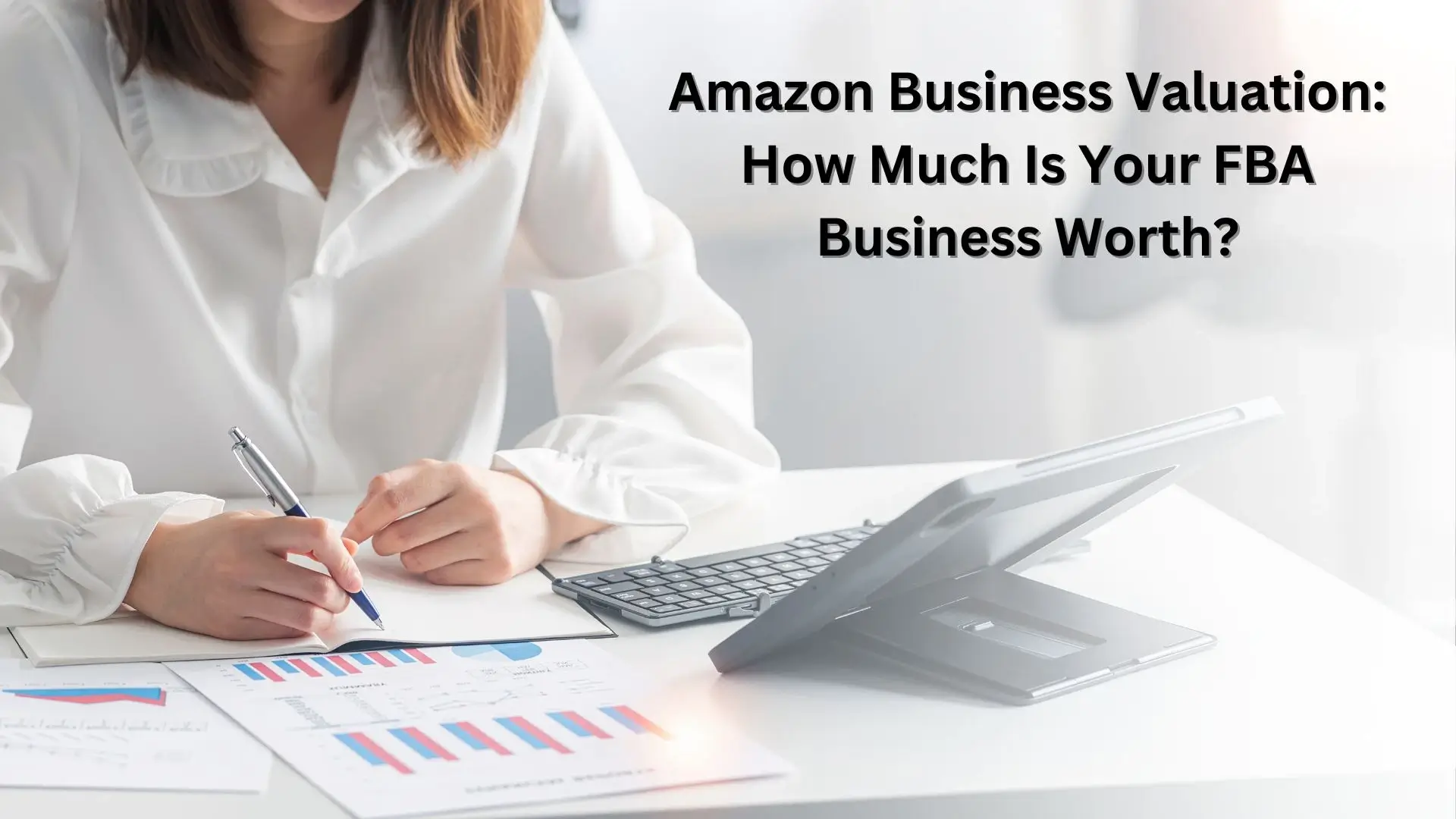You’ve heard the crazy success stories, like how one ambitious seller made $40k in his first 30 days selling on Amazon. Perhaps you have a mortgage to pay, a family to feed, or student loans to pay off. Or maybe you’re looking to invest in something that will take your income to the next level. Or you might be trying to build a brand you can eventually sell for 7 or 8 figures. Whatever position you’re in, you are wondering how to sell on Amazon.
You’ll find loads of information out there on different podcasts, blog posts, webinars, and tutorial videos. Yet one of the most common issues that arise with sellers is: I don’t know where to start. It’s easy to get lost in all of the information about how to sell on Amazon.
We’re here to break it down into three easy steps. Whether you’re looking at selling retail arbitrage or private-label, how to sell on Amazon can be simplified into three keys to success: start with a great product, set up your listing to rank and convert, and get your product in front of the client.
How to Sell on Amazon Key #1: Start with Sourcing a Great Product
What makes a great Amazon product? That’s a loaded question, but thanks for asking. I’m happy to walk you through it.
First, I’ll define a bad Amazon product. Perhaps that’s easier. There are exceptions to these universal truths, but generally speaking…
A bad Amazon product market is one that has:
- Extremely low sales. You likely don’t want to get into a product market that is averaging monthly sales in the low double digits year-round.
- A sales/review ratio of 1 or less. You have to have a competitive amount of reviews to sell well among the top sellers because of social proof. Shoppers trust the opinions of other shoppers, and the more (good) opinions you have, the better. With a decent review strategy, a seller could expect to see roughly around 6 reviews for every 100 sales. For a product market seeing 1,000 monthly sales with 1,000 average reviews (a review ratio of 1), it would take over 16,000 sales to reach 1,000 reviews. I’d suggest staying far away from this market. At 1,000 sales/month, that would take around 16 months to achieve. Avoid these types of markets and get into one with an easier barrier to entry. Note: Markets with a ratio of 1 or less may make sense if it is a natural extension of your brand. With that said, generally only the elite sellers with deep pockets are able to make these markets work.
- No popular search terms on Amazon. In most cases, inventions aren’t great for Amazon. The benefit of selling on Amazon is the ability to jump in front of traffic that is already there. If customers are not already searching for terms most relevant to your product, the likelihood of high volume sales is slim. If no one knows what your brand new product is, or even how to search for it, then Amazon is likely not the platform for you.
- Extremely low margins. Unless you have the capacity to move an insane amount of inventory, stay away from products where you’ll make less than $1 per sale. This is especially true in markets where there isn’t a ton of demand.
A great product to you may be a not-so-great product for me. It all depends on your goals. For instance, I might think 20 sales/day for a product sounds great, where you might want 40+. I might want to dominate a smaller niche, where you might want to try to compete with big, established sellers in a larger market. To define a good product to sell on Amazon, you must take your expectations and goals into account. However, there are some things that apply to all good Amazon products.
Generally, a good Amazon product market has:
- Sales that align with your goals. I won’t give hard numbers here, but you’ll just want to ensure that the product you source sees monthly sales that align with your goals. Those numbers will widely vary from seller to seller, and that’s totally ok. To understand what kind of sales you can expect, look at how the market has performed historically, as well as how it’s performing now in context. Does the product sell consistently? Is the market increasing in popularity? Are sales declining? These are all questions to consider when looking to source a product.
- A high sales/review ratio. This means the product market has more sales than reviews. Reviews are generally the greatest barrier to entry for a market. The lower that barrier compared to sales potential, the better. We generally consider an average market ratio of 3 or more to be desirable. If you can find a ratio of 5-10, then you may have struck a gold mine.
- Room for improvement. There are many markets on Amazon with subpar listings: novice label and packaging design, amateur photos, sloppy copy, and low review ratings. These are great opportunities to source a high-quality product with an outstanding listing. There’s so much potential to position yourself as the best option on the market.
- Healthy margins. Of course, you want to make money on each sale. We typically don’t recommend sourcing any product with less than a 30-40% expected profit margin. This leaves room for unexpected costs or price competition in the market.
To determine if a product market is a good fit for you, you’ll want to evaluate the product’s estimated monthly sales, both historical and present, sales/review ratio, average review quantity, average price trend, best selling period, sales pattern, and more. To aid you in your product research, we’ve come out with an extensive tool to show you all the data you need when making sourcing decisions.
Check out Market Intelligence, our Amazon product research tool, to see which product may be a good fit for you.
How to Sell on Amazon Key #2: Set Up Your Listing to Rank and Convert
Now you’ve got a great product. You’re off to a good start. But a great product isn’t enough. You could have the best product in the whole world, but if you don’t have an awesome Amazon listing to show it off, you might as well have no product at all. There are two different types of conversion rates: click conversions and on-page conversions. Click conversions refer to how many shoppers click on the listing when they see it in search results. On-page conversions refer to how many people buy your product when they’re on your listing.
In a perfect world, every single time someone saw your listing, they’d purchase the product. In the real world, we want to get as close to that perfect world as possible. There are a couple of key listing elements that you’ll want to master for optimum conversions. Your photos, price, reviews, and copy all play a major role in a shopper’s decision to buy or not buy.
Master your photos.
Product photos are perhaps the most important element of a listing when it comes to both click and on-page conversions. The key to great Amazon photos is having professional photos that tell a story, build an emotional connection with the shopper, and accentuate all the product features. If your photos look unprofessional, rushed, and non-representational of the product, a shopper is not likely to click or purchase. A buyer doesn’t want to feel like they’re getting the product from some amateur in their garage. However, with the same product and aesthetically-pleasing, descriptive photos, a shopper is much more inclined to buy. Good photos communicate high quality. Take a look at the photos below. If the listings are very similar (price, information, reviews, etc.) and photos are the only varying aspect, which product would you choose?



OR
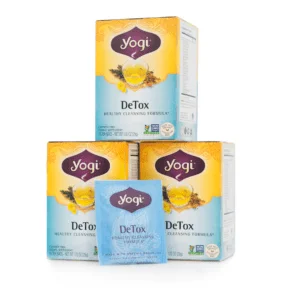

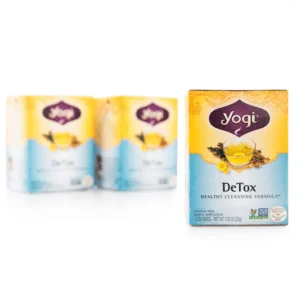





Compete with your price.
Price is a very important factor for click through rate. Shoppers are unlikely to click on your listing from the search results page if your price is too high, which will be detrimental to your click conversions. Again, place yourself in the shopper’s shoes. If most iPhone chargers on page one are around the $7.99 mark, it’s unlikely that you’ll click on one that is $15.99. It’s important to make sure that your price is comparable to surrounding listings to achieve the most clicks possible.
Rack up your reviews.
Ever since Amazon’s policy update regarding giving products in exchange for reviews, reviews are harder to come by. But, reviews still remain the #1 factor on Amazon for social proof. Think about it: when you’re shopping on Amazon, and there are two similar products, one with around 10 reviews and one with over 2,000 reviews, which one are you more likely to consider buying?




While the number of reviews isn’t actually an indication of sales or even quality, it helps shoppers to understand that other people have bought the product. They can then be more confident in their decision to buy the product, since many others have bought it and given it a good rating. For this reason, you’ll want to work hard to gather as many reviews as possible right from the start. Here are some tips to getting initial reviews:
- Implement a killer email follow-up sequence. To make sure that you are capitalizing on every sale and gathering as many reviews as possible, you’ll want to send out follow-up emails asking for reviews and feedback. Keep in mind that tons of Amazon sellers are doing this exact same thing, so keep the copy short and to-the point, making it easy for the reader to find the call-to-action. Typically, we recommend sending an email seeking a review 5 days after delivery, and then another email seeking seller feedback 6 days after delivery. The industry average for reviews is about 1%, which seems a bit low, doesn’t it? Viral Launch’s Review Booster sees about a 5% review return on the email copy, and if you’re interested in receiving further guidance or getting copy for your sequence, check out our Review Booster service.
- Run sponsored ads. Conversions likely won’t be great with a low quantity of reviews, but sponsored ads are a great way to drive some initial sales. New products typically get more sessions, but few sales may also mean fewer impressions. Basically, sponsored ads can be hit or miss. But, it’s generally worth losing a bit of money up front to drive initial sales.
- Start with a low price. We suggest listing your product at about break even, or as low as you feel comfortable, to help get initial sales. But, just be careful here to not become an add-on item or start a price war with competitors.
- Drive external traffic. This can be a more expensive option, but external traffic has the potential to help with gathering initial reviews. Having a customer list can be leveraged for initial sales to drive reviews. Driving external traffic is also a great way to increase keyword ranking, as Amazon rewards those who bring in new customers from outside markets.
Optimize your copy.
Copy is INCREDIBLY important for indexing and keyword ranking, but it also serves to describe your product to a shopper. What exactly is the shopper getting? What makes your product unique? What are its special features? How do you use it, and what can you use it for? These questions all need to be answered through your title, bullet points, and description. If the listing doesn’t fully explain the product, you risk losing out on buyers who want to know exactly what they’re buying. While photos should accurately portray your product, the copy should back it up by explaining what a photo cannot.
With great photos, a good price, a competitive number of reviews, and sales-inducing copy, your listing will be set up to convince a shopper to buy your product. Now, it’s time to get in front of those shoppers!
How to Sell on Amazon Key #3: Get Your Product in Front of the Shopper
So you have a great product. You have an awesome listing that’s going to convince a shopper to buy it. Now, you need to become visible. The cool part about Amazon is that you don’t have to find the buyers. They’re already shopping on the site for your product (assuming you followed Key #1!). But now, the buyers have to find you.
This can be done through ranking on page one for the important keywords (or customer search terms) associated with your product. Think about it this way… You need a new charging cable for your phone, so you head to Amazon and type “iPhone charger” into the search bar. You head right to Page 14 of the search results and buy the 7th product from the top. Wrong. You’ll probably look through the first – and maybe the second page. But you likely won’t get any further than that because you find what you’re looking for on page one.
As a seller, it’s important to understand this buyer behavior. The products that rank are the products that sell (so long as they’ve got great listings. Don’t forget Key #2). The largest factor for ranking on Amazon is sales. The goal is to get as many eyes on the listing as possible. You need to drive sales in order to rank for high-volume keywords associated with your product.
From the beginning, you may see a couple organic sales each day, simply by indexing (showing up somewhere) across all related keywords. You can increase these daily sales by running Sponsored Ads. Another great way to kick-start your product’s visibility is to run a promotion. With Viral Launch, you can run a discounted giveaway that will target a specific keyword and increase the product’s rank, putting you in a perfect position to be found by shoppers who are searching for your product. The sales from that promotion will also be funneled through the words in your title, giving each of those keywords a ranking boost (which, again, is why Key #2 was so important. Optimize your title!).
After a strategic Viral Launch promotion, you’ll be ranking on page one for a main keyword and visible for many other related keywords with thousands and thousands of eyes on your listing. And now, you’ve got a great product, you’ve got a listing that converts, and you’re easily found by shoppers. You’ve just mastered how to sell on Amazon.
How to Sell on Amazon: Tangible Next Steps
Now that you’ve got an overview of how to sell on Amazon, it’s time to go for it. You can make excuses because it’s easy to do. Not enough time, not enough resources, not enough information. Or, you can start. And you can do it with the help of industry experts.
1. Set your expectations and goals. How much money are you wanting to spend up front? What are your monthly sales goals? Are you in this for the long run, and do you want to possibly expand to more products in the future? How much time do you want to dedicate to this Amazon business? What is your capacity to run day-to-day operations? Knowing your expectations and goals will be important as you move forward with determining your course.
2. Start your product research. Remember, it’s crucial to start out with a product that is going to set you up for success. Research possible product markets that you may be interested in. Look at the current top sellers; how are they performing now, and how have they performed in the past? Know how many sales you could expect if you were selling among the top sellers; is this range within your sales goals? Check out the market as a whole: is it on the rise or declining? Know the product’s best selling period; is it seasonal or year-round? Look into how difficult the barrier to entry will be for the product market; will you have to gather thousands of reviews to be competitive? Understand what your profit margin will be; will it be within your goal range? For answers to all of these questions and more, check out Viral Launch’s Market Intelligence Tool. You’ll find the real-time and historical data, trends, and information that you need to research potential product markets…all at your fingertips.
3. Reach out to suppliers. Check out different sourcing sites to find one that you like. If you’re a newbie, look into Alibaba, which is easy to navigate and popular among Amazon sellers. Reach out to potential suppliers through the internal messaging platform on the site to get a feel for the total expected cost, including unit and shipping costs. If you are sourcing on Alibaba, we recommend filtering results to Trade Assurance, Gold Supplier, and Assessed Suppliers only. That way, you know you’re dealing with suppliers who are established and reputable. You can filter for these results by checking the Supplier Types on Alibaba search results. Send them a brief message, showing interest in their product and inquiring about pricing and item information.


Conclusion
Selling on Amazon seems daunting. It’s a leap. But we believe in you. When wondering how to sell on Amazon, it really comes down to sourcing a great product, having a listing that converts, and being easily found by shoppers.
Viral Launch offers software and services for every step of your Amazon journey. We’ve helped launch hundreds of successful Amazon businesses. Not only do we know what we’re talking about, but we’ve got the data and experience to back it up. Our seller coaches would love to help you get started and can answer any upfront questions that you may have about how to sell on Amazon. No more excuses. It’s time to claim your market share of the largest e-commerce platform in the world!

